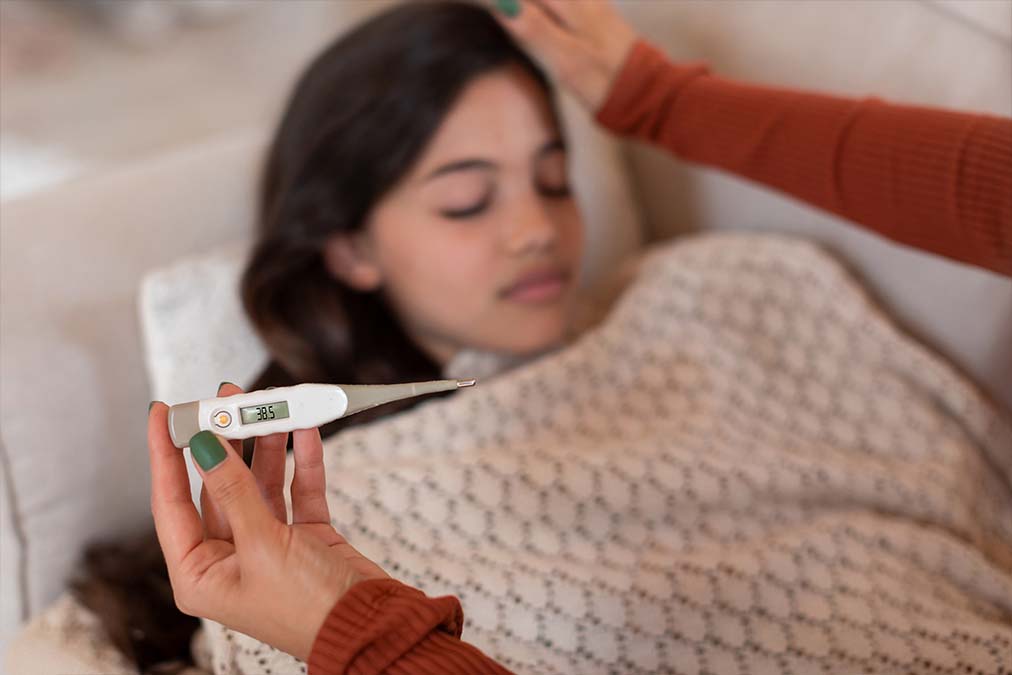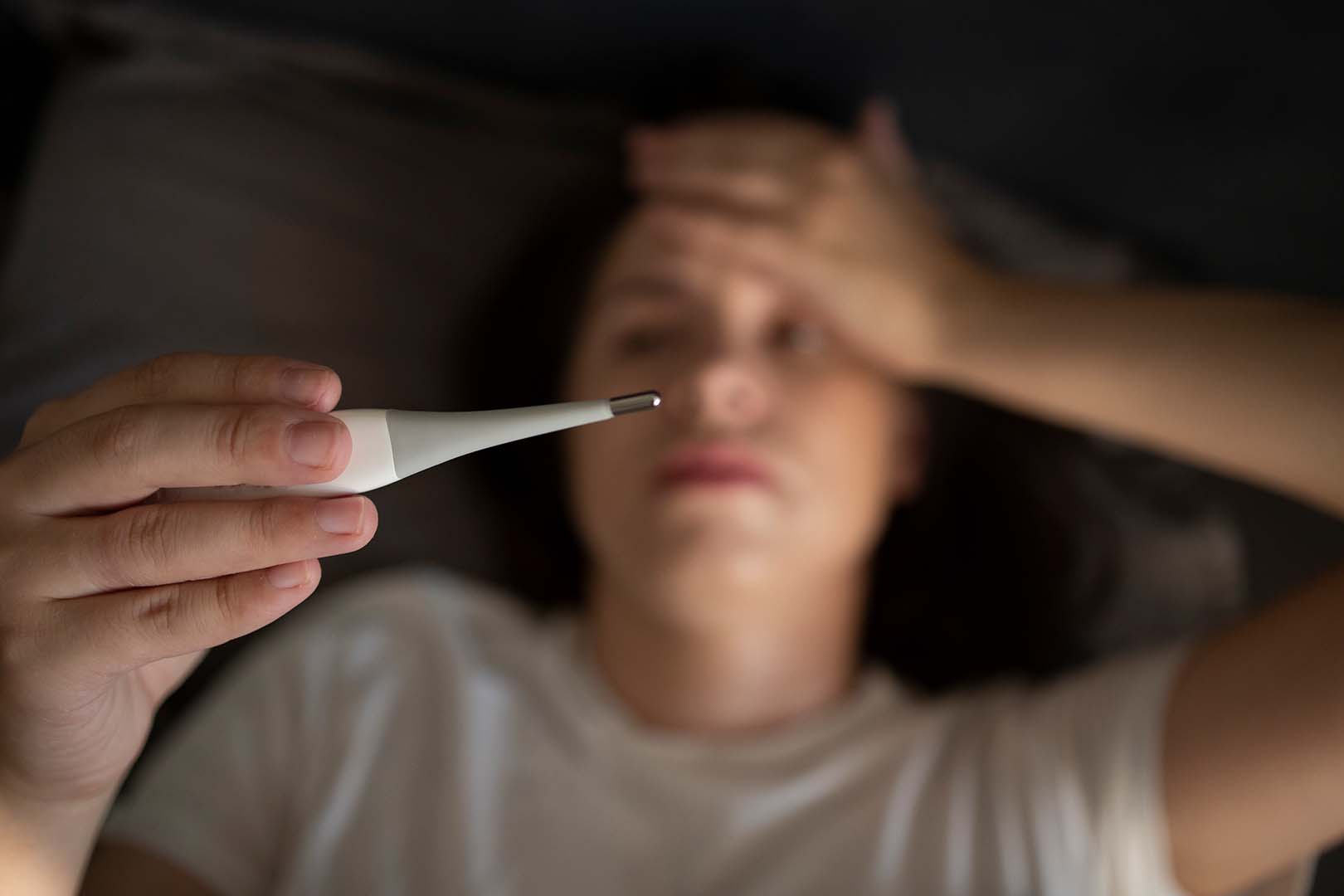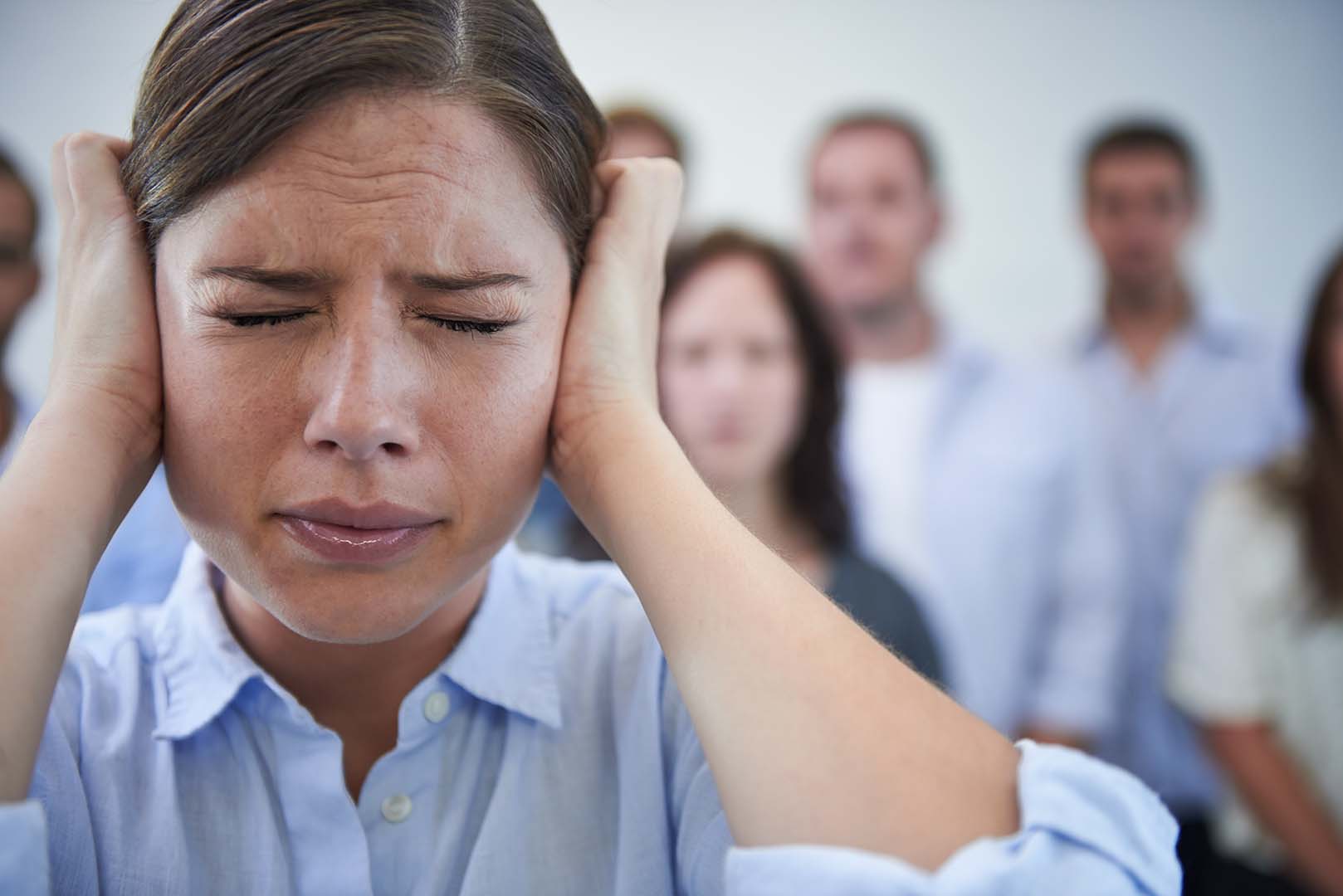Table of Contents
Why adult ear infections are not the same
“Ear infection” is a catch-all term that covers problems in different parts of the ear. In children, middle-ear infection (acute otitis media) dominates. In adults, outer-ear infection (otitis externa), persistent middle-ear fluid after colds, and secondary problems from skin conditions or devices (earbuds, hearing aids) are more common. Anatomy, immune responses and lifestyle all play a role. Children’s Eustachian tubes are shorter and narrower, which favours fluid build-up behind the eardrum during and after a cold. By adulthood, that anatomy has matured, so classic acute otitis media is relatively less frequent. Adults still get middle-ear infection, but triggers and risk factors differ: smoking or second-hand smoke, allergic rhinitis, reflux that irritates the upper airway, air travel when congested, or a severe viral illness. Adults also present later because they often “wait and see,” which changes how symptoms look at the time of assessment.
How symptoms differ in adults
Adults are more likely to describe localised patterns that hint at the site of the problem. When the ear canal skin is inflamed (otitis externa), there is sharp tenderness if the outer ear is moved or the tragus is pressed, itch is common, the canal feels blocked and there may be visible discharge. Pain can be significant and sleep-disturbing, but fever is less typical unless infection is severe. Middle-ear problems in adults feel different: a deeper, pressure-like ache, dulled or “underwater” hearing, a recent cold, and difficulties equalising on lifts, tunnels or flights. If the eardrum perforates, pain may drop suddenly and a discharge appears. Adults often notice their own voice booming in the affected ear (autophony) when pressure is off balance. Tinnitus during or after the episode is not unusual and usually settles as the ear recovers. Compared with children, adults are better at describing these distinctions, which helps clinicians target treatment.
Risks and complications to keep in mind
Most adult ear infections are uncomplicated and improve promptly with the right care. Some situations raise the stakes. Diabetes, immunosuppression, and skin conditions such as eczema or psoriasis can make otitis externa more severe and slower to settle. Repeated mechanical irritation (cotton buds, hairpins, aggressive earbud use) breaks down the canal’s natural barrier and favours bacterial or fungal overgrowth. Warm, humid environments and retained water after swimming increase risk, as do poorly fitting hearing-aid moulds or domes that rub the skin. In the middle ear, a severe or persistent infection can leave fluid (otitis media with effusion) that dulls hearing for weeks; this often resolves but needs review if it does not. Rare but important complications include spreading infection of the outer ear tissue, mastoiditis (inflammation of the bone behind the ear), and in high-risk patients, malignant otitis externa, a serious infection requiring urgent specialist care. Ear infections after barotrauma (e.g., difficult flight descent when congested) also need careful assessment to rule out significant eardrum injury.
Safe self-care for adults: what actually helps
The aim of early self-care is comfort, protection of ear structures and avoiding actions that worsen the problem. Pain relief with paracetamol or ibuprofen (if suitable for you) reduces discomfort and helps sleep. For suspected outer-ear infection, keep the canal dry: when showering, a small cotton ball lightly smeared with petroleum jelly placed at the entrance (not deep) can keep water out; remove it afterwards. Reduce or pause the use of in-ear devices on the sore side and clean hearing-aid domes or moulds according to professional advice before restarting. For suspected middle-ear pressure issues during or after a cold, hydration, short-term saline nasal sprays or rinses, and gentle equalisation (swallowing, yawning, chewing) can help. Plan to be awake and swallowing during airplane descent; if you are very congested, discuss short-term measures with a pharmacist or clinician ahead of travel. At home, a calm sound environment supports recovery: one sound at a time, lower background audio when talking, and short quiet breaks to reduce listening fatigue.
What not to do (and why it matters)
Do not insert objects into the ear canal. Cotton buds, clips and “ear candling” damage the canal’s skin, push debris deeper and increase the risk of infection or eardrum injury. Avoid starting old or leftover ear drops without knowing whether the eardrum is intact; some preparations are not safe if there is a perforation. Avoid repeated forceful pressure-equalising attempts — a soft, brief Valsalva may be useful for pressure problems, but hard, frequent blowing can worsen pain and very rarely injure the eardrum. Do not swim with painful discharge until you have been assessed. Do not ignore persistent symptoms: early, appropriate treatment shortens recovery and reduces the chance of complications. Finally, avoid smoking and smoky environments during recovery, as they impair the Eustachian tube’s function and slow healing.
When to seek assessment — and what clinicians do
Book a routine review if pain or blockage persists beyond forty-eight hours despite simple measures, if hearing remains dulled after the pain settles, or if you are unsure whether the problem is in the canal or behind the eardrum. Adults should seek earlier assessment if there is high fever, spreading redness and swelling around the outer ear, severe or worsening pain, very foul-smelling discharge, dizziness, or new weakness of the facial muscles. People with diabetes, lowered immunity, or repeated infections should err on the side of prompt review.
In clinic, the history and examination usually pinpoint the site. Otoscopy looks for canal swelling and debris (otitis externa) or for eardrum signs of middle-ear disease (redness, bulging, reduced mobility on pneumatic testing, or a small perforation). Tympanometry may be used to confirm middle-ear pressure problems or fluid. For otitis externa, first-line treatment is topical eardrops with an appropriate antibacterial component (and often a mild steroid); if the canal is very swollen, a small wick may be placed to carry drops in. Careful cleaning by a trained clinician improves drop delivery and comfort. For acute otitis media in adults, analgesia is central; antibiotics are offered based on severity and clinical guidance (for example, if you are systemically unwell, if there is purulent discharge with perforation, or if you are at higher risk of complications). If there is a perforation, keeping water out while it heals is important, and most small perforations close spontaneously. Persistent middle-ear fluid with hearing impact may need follow-up and, in selected cases, further intervention. Hearing-aid users may benefit from a quick fit check, tubing or dome refresh, and a review of programmes for noisy indoor spaces while the ear settles.

Red flags at a glance for adults
Seek urgent care if you notice severe pain with swelling or redness spreading over the outer ear or nearby skin, tenderness over the bone behind the ear (mastoid), a stiff neck or confusion, facial weakness, or ear pain after head injury. These scenarios are uncommon but important to act on promptly.
Putting it into practice
Imagine two adults with “earache.” One has sharp canal tenderness, itch and watery discharge after a week of heavy gym earbuds: that pattern points to otitis externa — keep the ear dry, avoid further irritation and use targeted drops after assessment. The other has a deep, pressure-like ache after a bad cold and cannot equalise on train tunnels or flight descent: that points to middle-ear involvement — focus on comfort, nasal care and gentle equalising, and seek review if symptoms fail to ease over a couple of days. In both situations, small, consistent habits accelerate recovery: one sound at a time, short quiet windows, and avoidance of poking or over-cleansing.
Conclusion
Adult ear infections are not simply “child problems in grown-ups.” The patterns, risks and best next steps differ. Recognising whether pain sits in the canal or behind the eardrum guides safer choices at home and faster relief in clinic. Keep ears dry if the canal is involved, be gentle with equalising if pressure is the issue, avoid cotton buds and leftover drops, and act early on red flags. With clear assessment and practical care, most adults recover quickly and return to comfortable, confident listening — at home, at work and in busy indoor spaces throughout the autumn and winter months.
References
•https://www.nhs.uk/conditions/ear-infections/
•https://www.cochranelibrary.com/cdsr/doi/10.1002/14651858.CD013051.pub2/full
•https://www.nidcd.nih.gov/health/ear-infections-and-otitis-media







